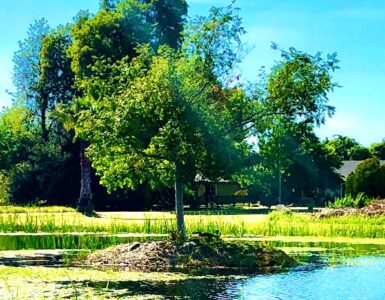Terma is a Tibetan term for “hidden treasure” that describes hidden teachings that are key to the Vajrayana or Tibetan Buddhist traditions. They are part of esoteric or tantric Buddhist teachings, representing a means of continuous revelation to keep the dharma appropriate for different audiences and times. Unfortunately, they are not always authenticated and may be subject to fraud by unscrupulous masters. A person who discovers these ancient texts or termas is known as a tertön. The five most famous tertöns often referred to as the “five tertön kings” were Nyangral Nyima Özer (1124–1192); Guru Chökyi Wangchuk (1212–1270); Dorje Lingpa (1346–1405); Pema Lingpa (1445/50–1521) and Jamyang Khyentse Wangpo (1820–1892).
H.H. Dorje Chang Buddha III warns us that termas must be verified to be considered authentic.
Erroneous View #27: THE VIEW THAT REGARDS AS A HOLY OBJECT A TERMA THAT IS NOT A TERMA IN THE DEFINITIVE SENSE
Many greatly virtuous ones and rinpoches in Tibet often show a terma to others and tell them that it is a terma. They say that such terma was uncovered by so-and-so great lama or so-and-so great dharma king in such-and-such month of such-and-such year at such-and-such location. That is not a terma in the definitive sense. What is a terma in the definitive sense? The terma must be verified. The verification will prove whether or not the terma spoken of is genuine. A specific dharma must be practiced according to the dharma. If during that practice of dharma holy phenomena are seen rather than illusionary phenomena or just changing light, shades, and colors, then it can be called a terma in the definitive sense. If you regard anything that is not a terma in the definite sense as a genuine terma, you have this erroneous view.




Add comment